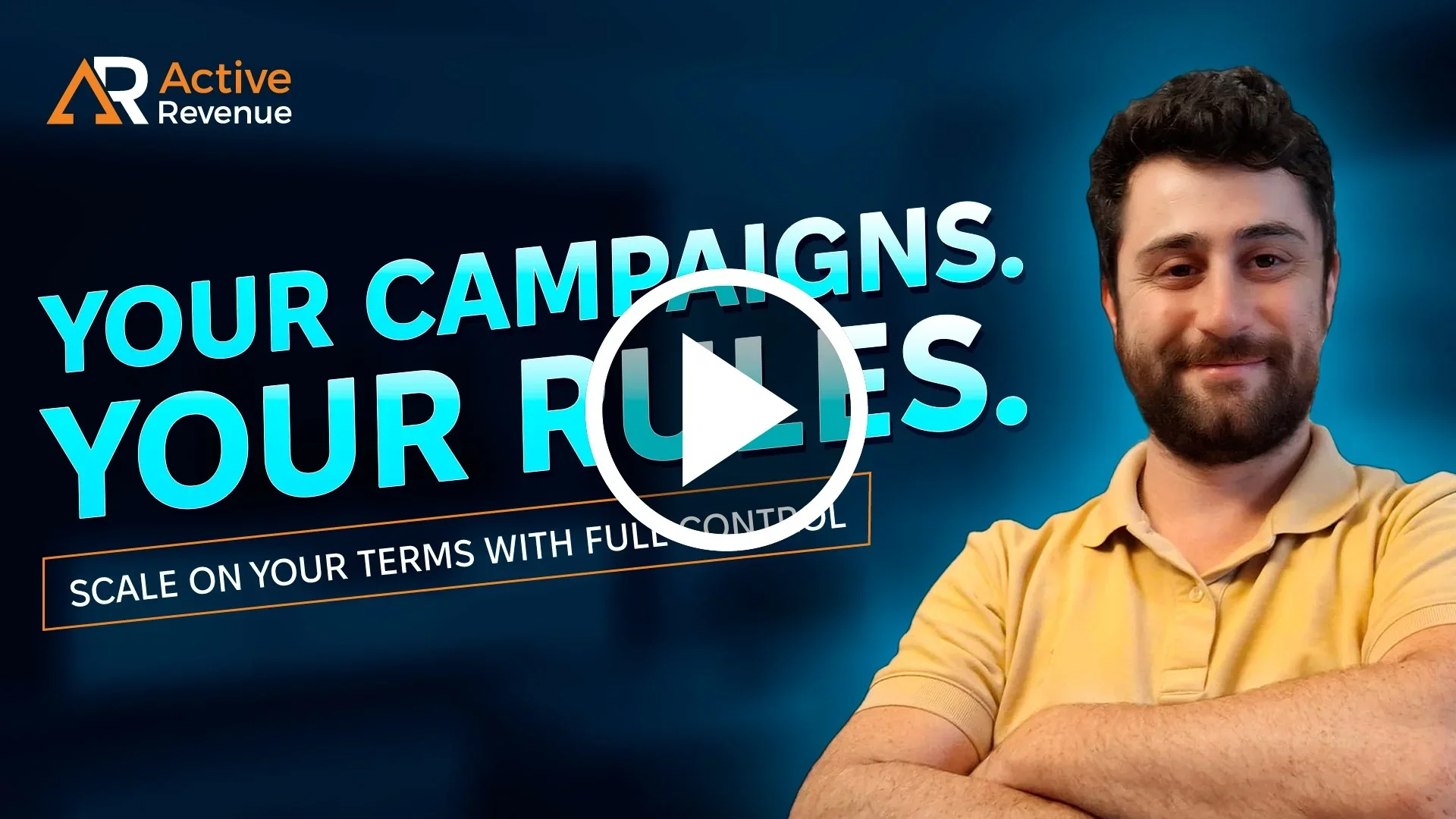Scaling with CPC (Cost Per Click) requires a strategic approach to maximize reach while maintaining profitability. Here’s how to scale effectively on Facebook Ads and Google Ads using CPC bidding:
1. Understanding CPC Scaling
CPC (Cost Per Click): You pay each time someone clicks your ad.
Goal: Increase clicks (traffic) while keeping CPC low to scale efficiently.
Key Metrics to Watch:
CTR (Click-Through Rate) – Higher CTR = Lower CPC.
Conversion Rate – Ensures clicks turn into sales/leads.
ROAS (Return on Ad Spend) – Measures profitability.
2. Scaling with CPC on Facebook Ads
Strategies to Lower CPC & Scale:

Optimize Ad Creatives
Use high-converting images/videos (A/B test different formats).
Write compelling ad copy with strong CTAs.

Improve Targeting
Use Lookalike Audiences (1%-5%) to find similar users.
Exclude low-performing placements (e.g., Audience Network).

Bid Strategy
Start with Automatic Bidding (let Facebook optimize).
Switch to Manual CPC Bidding if you want more control.

Expand Audiences Gradually
Start with a small, highly targeted audience, then broaden.
Use Interest Stacking (combine related interests).

Retargeting for Efficiency
Retarget website visitors, cart abandoners, and engaged users.
Use Dynamic Product Ads (DPA) for e-commerce.
When to Scale?
If CPC is stable & ROAS is positive, increase budget by 20-30% every 3 days.
If CPC rises too much, pause, optimize, then retest.
3. Scaling with CPC on Google Ads
Strategies to Lower CPC & Scale:

Keyword Optimization
Focus on long-tail keywords (lower competition, cheaper CPC).
Use negative keywords to filter irrelevant searches.

Improve Quality Score (QS)
Higher QS = Lower CPC.
Optimize ad relevance, landing page experience, and CTR.

Smart Bidding for Efficiency
Use Maximize Clicks (for traffic) or Target CPA (for conversions).
Test Enhanced CPC (ECPC) for semi-automated bidding.

Ad Schedule & Device Bidding
Run ads during peak conversion times.
Adjust bids for mobile vs. desktop (if one performs better).

Expand Campaigns Carefully
Duplicate successful campaigns with new keywords.
Use Google Display Network (GDN) for remarketing.
When to Scale?
If CTR > 3% and Conversion Rate is stable, increase budget.
If CPC spikes, pause underperforming keywords/ads.
4. CPC Scaling Comparison: Facebook vs. Google
Factor Facebook Ads Google Ads
Best for Branding, engagement High-intent buyers
Avg. CPC Range $0.50 - $2+ $1 - $5+ (Search) / $0.50 - $2 (Display)
Scaling Lever Lookalikes, retargeting Keyword expansion, Smart Bidding
Risk of CPC Spike High (if audience fatigues) High (if competition increases)
5. Advanced Scaling Tactics
For Both Platforms:
Dayparting: Run ads during peak conversion hours.
Geotargeting Expansion: Test new locations with high intent.
Ad Rotation: Refresh creatives every 2-3 weeks to avoid fatigue.
For Facebook:
CBO (Campaign Budget Optimization): Let Facebook allocate budget to best-performing ad sets.
Dynamic Creative Ads: Automatically mix & match creatives for best CTR.
**For Google:
RLSA (Remarketing Lists for Search Ads): Retarget past visitors with search ads.
Performance Max Campaigns: Automates scaling across Google’s networks.
6. When to Stop Scaling?
If CPC increases 30%+ without conversions improving.
If ROAS drops below profitability threshold.
If ad fatigue sets in (CTR declines).
Final Tips for CPC Scaling
Start small, optimize for low CPC, then scale.
Track KPIs (CTR, Conversion Rate, ROAS).
Automate bidding (Smart Bidding, CBO).
Test new audiences/keywords to avoid saturation.
Would you like a customized scaling plan for your business?

